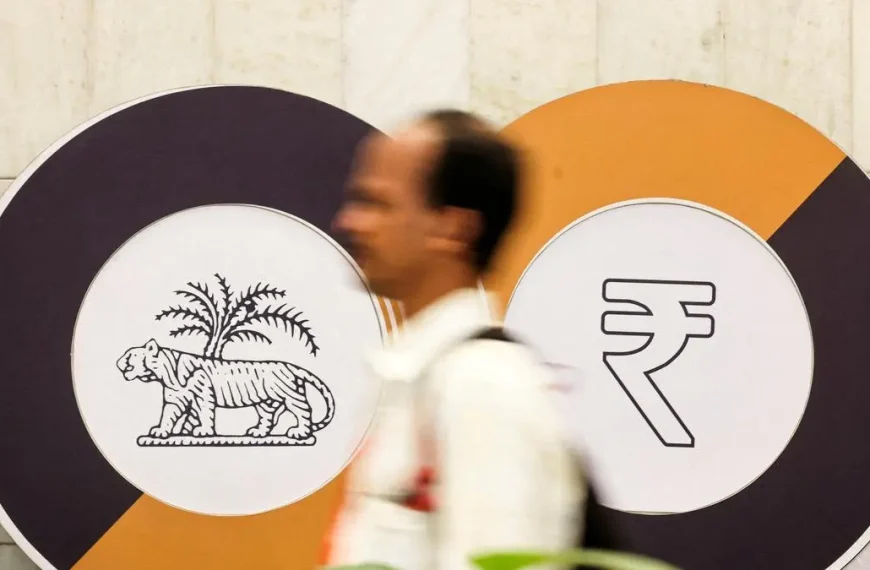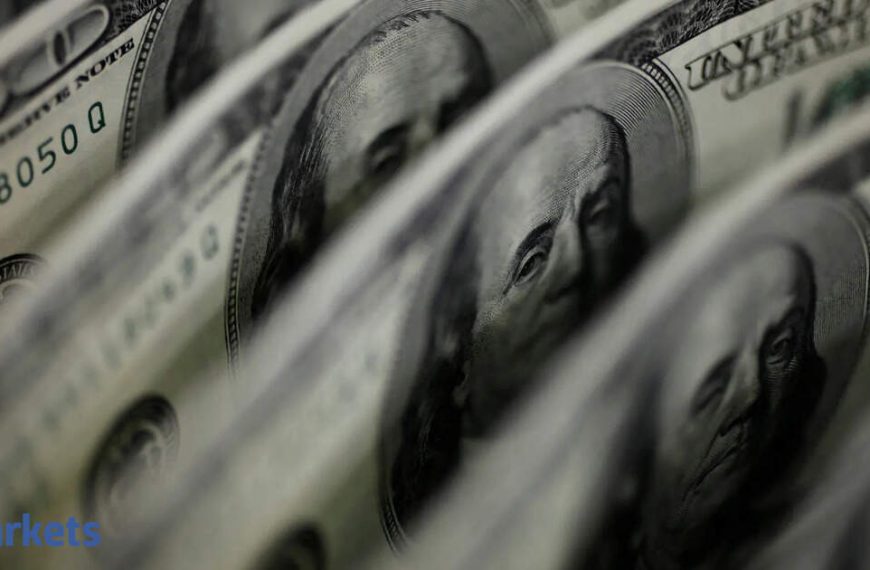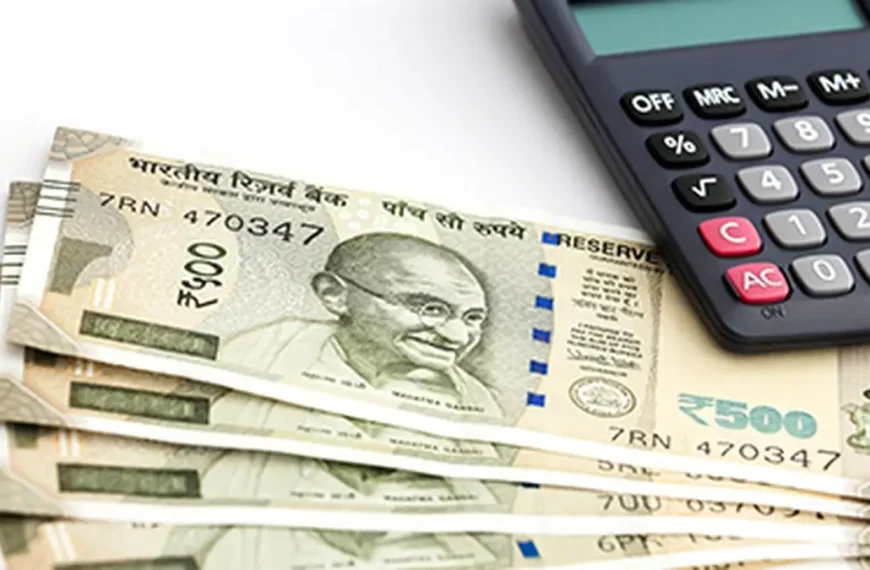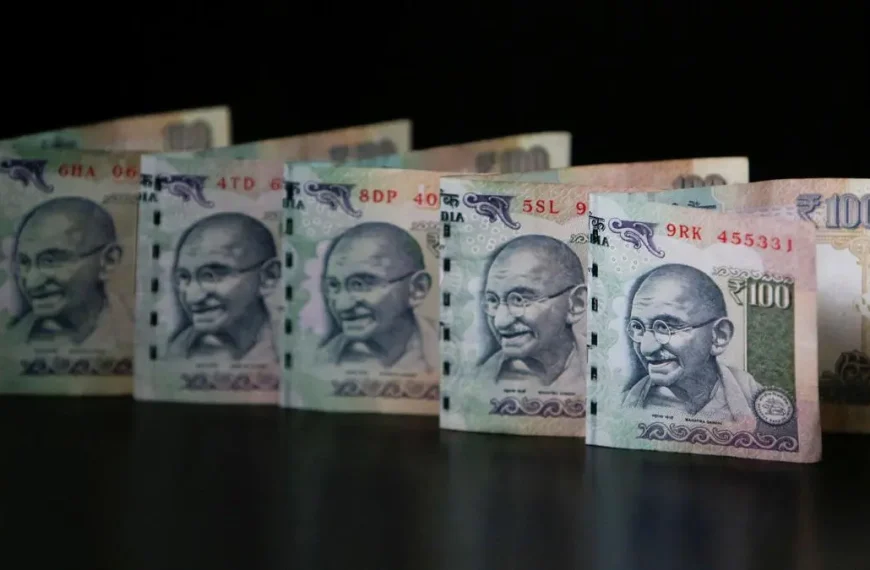The Indian rupee experienced a decline of 8 paise, closing at a provisional rate of 85.77 against the US dollar on Thursday. This dip was largely driven by heightened demand for dollars from importers as the month comes to a close, alongside the dollar’s resurgence against other major currencies. The recent announcement of a 25% tariff on automotive imports by former US President Donald Trump, set to take effect on April 2, added further pressure to the rupee.
Factors Influencing the Rupee’s Performance
Forex analysts noted several factors contributing to the rupee’s challenges:
- Month-End Dollar Demand: Importers typically increase their dollar purchases as the month ends, which puts additional pressure on the rupee.
- Tariff Concerns: The potential for reciprocal tariffs has created uncertainty in the forex market.
- Liquidity Constraints: Ongoing issues with liquidity further complicate the rupee’s stability.
Despite these pressures, the rupee found some support from robust domestic market performance and inflows from foreign investors. At the interbank forex market, the rupee opened at 85.90, reaching a high of 85.73. However, it later fluctuated, hitting a low of 85.93 before finally settling at 85.77 against the dollar, marking an 8 paise decrease from its previous close of 85.69.
Market Insights from Experts
Anuj Choudhary, a Research Analyst at Mirae Asset Sharekhan, indicated that the rupee is likely to face a slight negative trend due to month-end dollar demand from importers and Oil Marketing Companies (OMCs). He stated, "With crude oil prices remaining high and the dollar showing signs of recovery, the rupee could face further pressure. However, the strength of domestic markets and foreign institutional investor (FII) inflows could provide some stability."
Choudhary projected that the USD-INR exchange rate may fluctuate between 85.60 and 86.10.
Broader Economic Indicators
In related news, the dollar index, which measures the dollar’s strength against a basket of six currencies, fell by 0.11% to 104.43. Meanwhile, Brent crude oil prices also saw a slight decline of 0.46%, trading at $73.45 per barrel.
In the domestic equity market, the BSE Sensex rose by 317.93 points (or 0.41%) to reach 77,606.43, while the Nifty saw an increase of 105.10 points (or 0.45%), closing at 23,591.95 points. Additionally, foreign institutional investors purchased equities worth ₹2,240.55 crore on a net basis, demonstrating continued interest in the Indian market.
As the financial landscape evolves, traders and investors alike will be monitoring these trends closely, particularly the upcoming final GDP data from the US, which could influence market dynamics further.










